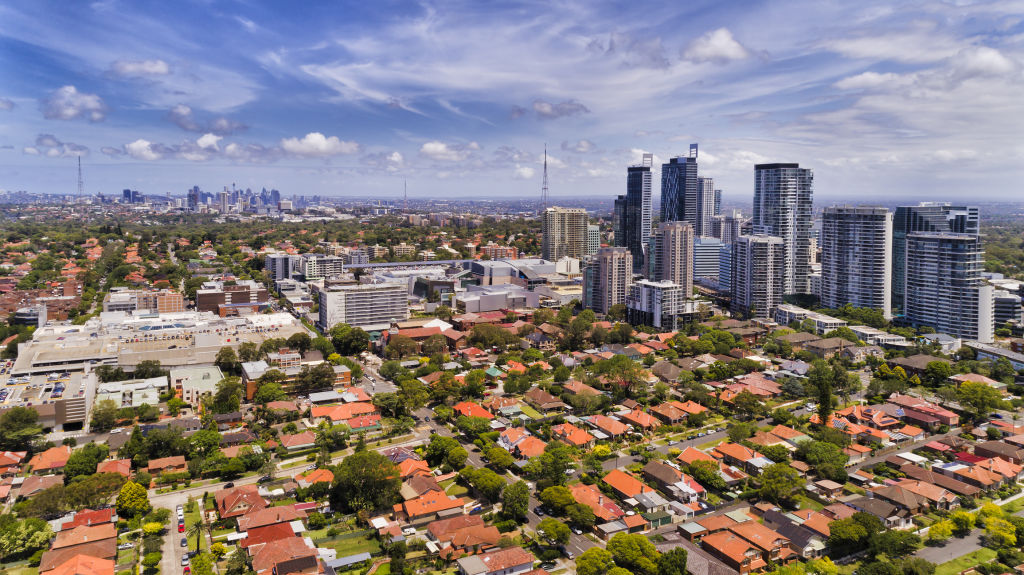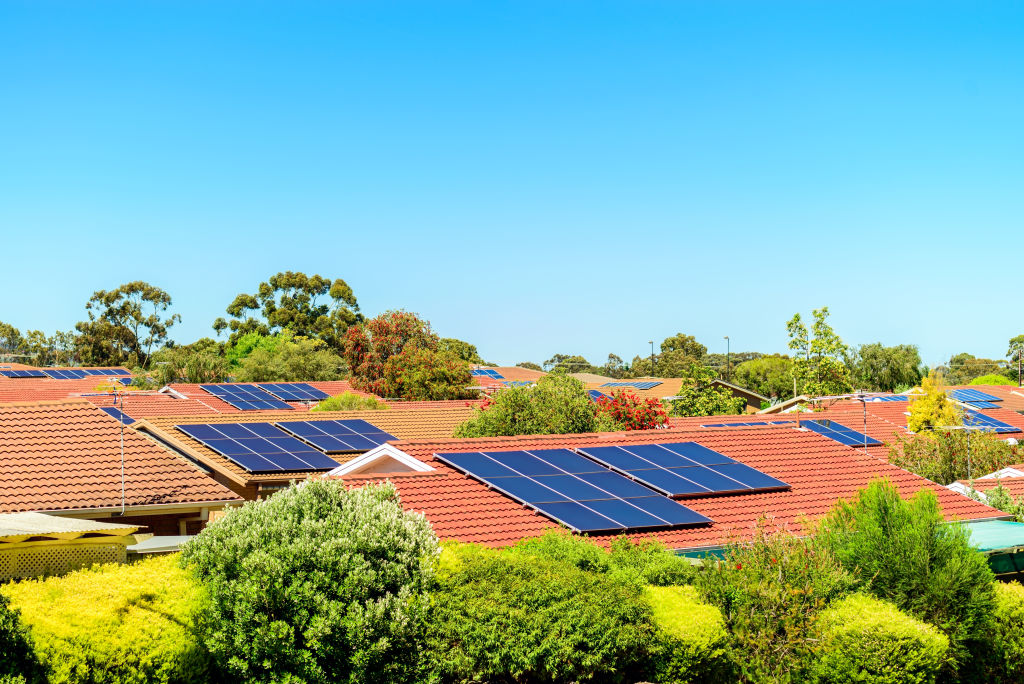
Increases to rental assistance, energy bill discounts and tax breaks for the build-to-rent sector were the key housing initiatives in this year’s federal budget. Photo: iStock
Now the dust has settled on the federal budget, and the congratulations on delivering the first surplus in 15 years have passed, it’s time to assess whether it will really help the housing crisis, or whether it might exacerbate the problems.
And the verdict is: it’s a mixed bag. Some measures are definitely likely to help, but some onlookers mourn the lack of general housing targets and specific measures to meaningfully boost the housing supply.
Rental assistance
The budget included a $9.5 billion increase in welfare, through $2.7 billion of rental assistance over four years, increases to the dole and single-parent payments, as well as $1.5 billion of one-off energy bill discounts, to be matched by the states.
This suite of measures will help the hardest-off in Australia to meet the cost of soaring rents, but they are tightly targeted to those on the lowest incomes.
While the 1 million-plus Australians already on Commonwealth rent assistance will receive a 15 per cent increase in their fortnightly payment, that still only adds up to a maximum rise of $31 a fortnight.
With the latest Domain Rent Report finding that the March quarter’s rent rises have marked the longest stretch of continuous rental price growth ever recorded, with unit rents up 10 per cent and house rents up 2.7 per cent, there will still be many tenants in serious strife.
DOMAIN RENTAL REPORT
Get the latest rental price data and find out what’s happening in the rental market in suburbs you’re interested in with Domain’s Rental Report. Select your state, then browse by house or unit, or search by suburb or region.
Over the past year, rents have soared 14.6 per cent in Perth, 13 per cent in Adelaide, 12 per cent in Brisbane, 11.1 per cent in Melbourne, 10 per cent in Sydney, 8.3 per cent in Darwin and 5.3 per cent in Hobart – and the rental assistance is likely to be only a tiny drop in the very large bucket of need.
Build to rent
The housing showpiece of the budget was the boost to the build-to-rent sector, with tax breaks for foreign investors to encourage them to develop more housing for the rental market.
Already a $17 billion industry, this puts build-to-rent on a level playing field with commercial investors. As a result, property developers now say they’re planning to build an additional 150,000 units, and Brookfield immediately announced new projects in Brisbane.
This sector is constantly being hailed as a game-changer for renters in that it offers long-term security of tenure for tenants, more freedom to make their rented properties their homes, and often better amenities.
The supply will take a while to come through and ease the chronic shortage of homes to rent – with vacancy rates at all-time lows in some cities – and it will still make up only a very small portion of the market.
Healthier homes
The government made a major commitment on climate, with an investment of $1.3 billion into energy performance upgrades of Australian homes.
This includes $1 billion for the Clean Energy Finance Corporation to offer solar, storage and electric upgrade finance, $300 million for electrification and energy performance upgrades for social housing, and $36 million to expand the Nationwide House Energy Rating Scheme (NatHERS).

“This will go a long way towards empowering consumers to manage their energy consumption, which is critical in lowering one’s carbon footprint,” said Tina Perinotto, managing editor of The Fifth Estate, a platform for the sustainable built environment.
Interest rates
The $4.2 billion budget surplus was a major surprise, following on from last year’s deficit of $32 billion, and it’s estimated that it will lower the net debt by $102 billion by 2025/6.
That, together with the increased welfare payments, however, has led to fears that inflation will be fuelled, and lead to another series of cash-rate hikes by the Reserve Bank of Australia (RBA) in its continuing attempts to push price rises down.
Most, however, believe that this budget was not inflationary.
For instance, John Hawkins – a former RBA and Treasury economist and now senior lecturer in the Canberra School of Politics, Economics and Society at the University of Canberra – says that while it’s too soon to be certain, the budget doesn’t seem to add to the likelihood of any more rate hikes.
He says the only price rises that will come out of the budget are higher prices for smokers from tobacco excise increasing by 5 per cent a year over three years. Against that, “household energy bills will go down as a result of the discounts and medical expenses will be shaved through the increase in bulk-billing incentives and the cost of some medicines falling”.
Treasury predicts the outcome will be a 0.75 per cent reduction in inflation over 2023/4, and the RBA is now predicting that no further rate rises will be needed for inflation to fall into the target range by mid-2025.
Housing supply
The biggest criticism of the budget is that it doesn’t do enough to increase housing supply substantially for the long term – especially when the five-year net overseas migration total is set at almost 1.5 million people arriving until 2027.
This comes just as Treasury forecasts a 3.5 per cent decline in new dwelling investment in 2023/4, with new development approval applications plummeting.
Property Council of Australia chief executive Mike Zorbas, for example, welcomes the prospect of so many migrants – the largest total in the past 30 years – saying we need skilled migrants and the strong demand for housing they’ll bring with them will benefit the property industry.
“At the same time, these are large numbers of new people we need to accommodate,” he said. “Without proper state housing targets, improved planning systems and well-located housing choices for students, retirees and renters we will see the national housing deficit blow out further.
“We need a redoubling of national and state commitments to better planning and housing delivery, starting now.”
article and photos by domain.com.au
